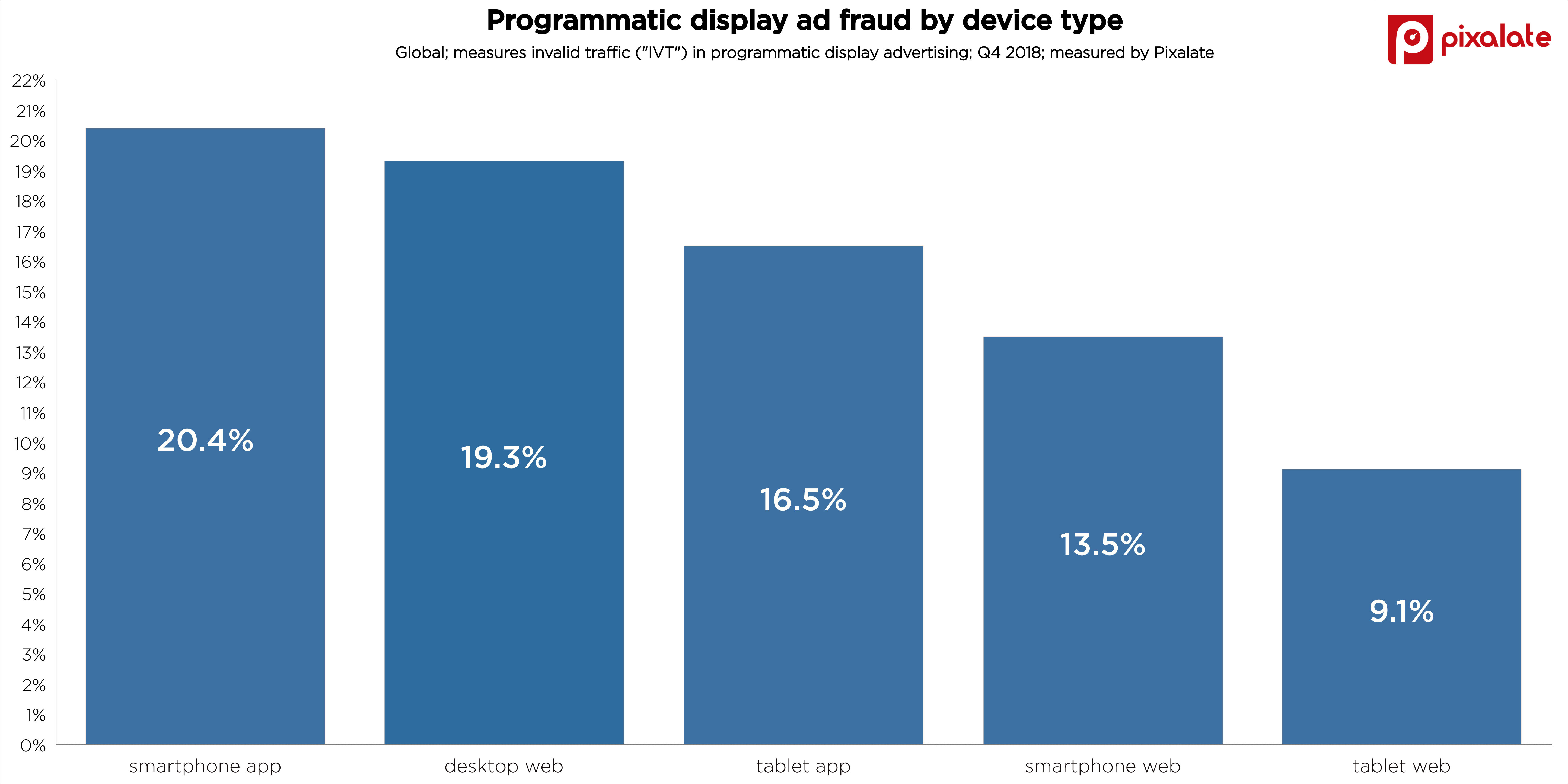
Digital ad spend has been on the rise since its inception, but this year will mark a major milestone for digital advertising budgets. According to eMarketer’s latest Digital Ad Spending report, digital advertising will account for about half of global ad spend for the first time ever. This trend makes sense as consumers spend more and more time online. However, it doesn’t eliminate the need for more traditional advertising channels. Advertisers are using the data collected over the last several years about consumer habits in the digital age to develop the perfect strategy for reaching consumers across channels in a way that feels seamless.
In order to execute this breadth and volume of cross-channel advertising, programmatic tools are being used for every type of media buy including desktop and mobile web, mobile in-app, and even connected TV and Over-the-top (OTT). Programmatic buying is the preferred method for brands looking to prioritize audience data and cost efficiency. However, as digital consumption and digital ad spend has grown, so too has the threat faced by digital ad fraud.
Digital Spend On the Rise
Advertisers are following the consumer, and consumers are online. "In 2019, worldwide digital ad spending will rise by 17.6% to $333.25 billion. That means that, for the first time, digital will account for roughly half of the global ad market," as eMarketer states. However, audiences are consuming ads across multiple channels at once, leading advertisers to think about their media buying campaigns more holistically, and increasing their need for efficiency as a result.
Ensure Efficiency with Programmatic
Buying programmatically across channels is the clear solution to profitable media buying. Automation based on the vast amount of consumer data available should ensure that each media buy offers high value. Programmatic transactions rooted in data also help media buyers validate where they’re spending advertising budgets, which is particularly important while advertising silos still plague most organizations.
With Ad Fraud On the Rise, Who Really Benefits?
However, recent Pixalate data shows that ad fraud is also rising and programmatic channels are susceptible. In fact, Pixalate’s Q4 Ad Fraud Report shows programmatic ad fraud is increasing— both in the U.S. and across the world. Ten of the top fifteen countries in terms of programmatic ad volume saw an increase in Invalid Traffic (IVT) in Q4, including the U.S., Australia, Canada, Mexico, Germany, Italy, Brazil, Argentina, Korea, and India. The U.S. had the fifth-highest ad fraud rate in the world at 21%, up 4% from Q3 to Q4 last year.
With programmatic digital ad spend and fraud both on the rise, who will really benefit from this milestone year in digital advertising? Fraudsters are poised to profit most from rising digital ad spend unless marketers take action. Download Pixalate’s Q4 Ad Fraud Report today to learn more about how you can protect your digital media buys against Invalid Traffic.
*By entering your email address and clicking Subscribe, you are agreeing to our Terms of Use and Privacy Policy.
These Stories on Thought Leadership
*By entering your email address and clicking Subscribe, you are agreeing to our Terms of Use and Privacy Policy.

Disclaimer: The content of this page reflects Pixalate’s opinions with respect to the factors that Pixalate believes can be useful to the digital media industry. Any proprietary data shared is grounded in Pixalate’s proprietary technology and analytics, which Pixalate is continuously evaluating and updating. Any references to outside sources should not be construed as endorsements. Pixalate’s opinions are just that - opinion, not facts or guarantees.
Per the MRC, “'Fraud' is not intended to represent fraud as defined in various laws, statutes and ordinances or as conventionally used in U.S. Court or other legal proceedings, but rather a custom definition strictly for advertising measurement purposes. Also per the MRC, “‘Invalid Traffic’ is defined generally as traffic that does not meet certain ad serving quality or completeness criteria, or otherwise does not represent legitimate ad traffic that should be included in measurement counts. Among the reasons why ad traffic may be deemed invalid is it is a result of non-human traffic (spiders, bots, etc.), or activity designed to produce fraudulent traffic.”

